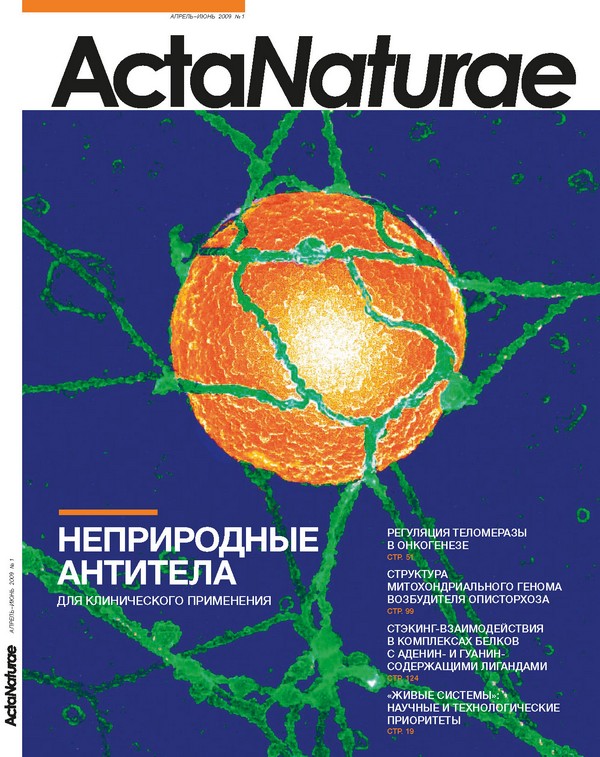Полный текст
In eukaryotic cells, chromosomal DNA is organized into a series of loops which are attached to the nuclear matrix [
1,
2]. The attachment sites for DNA on the nuclear matrix are all different, yet it is possible to distinguish between permanent (stable, structural) DNA attachment sites, which exist in cells of different lineages, and facultative (i.e. temporary, functional, tissue-specific) attachment sites, which are found only in cells in a particular lineage or during a particular stage of differentiation [
2,
5]. In the present study, we characterized the spatial organization of a large (220 Kb) segment of the chicken chromosome 14, which includes a cluster of erythroid-cell specific alpha-globin genes, as well as a number of open reading frames (Fig. 1) [
6]. For the purpose of distinguishing between the various types of interactions between DNA and the nuclear matrix, the spatial organization of the above-mentioned region was studied in both erythroid- and non-erythroid cells. Virus-transformed chicken erythroblasts, from the HD3 cell line (A6 clone of the LSCC cell line), and cells from the lymphoid cell line DT40 (CR L-2111, ATCC ) were used as cellular models. In previous experiments with lymphoid cells, using in-situ hybridization with nuclear halos of BAC-probes representing the analyzed area of the genome, we have shown that this area is spatially arranged in small loops [
8]. However, in erythroid cells, the spatial arrangement of the same area of the genome is quite different; here the entire genomic segment being studied collapsed onto the nuclear matrix and could be visualized as a dot following in-situ hybridization of the corresponding DNA BAC clone with the nuclear halos[
8]. It has been previously reported that active, tissue-specific genes associate with the nuclear matrix [
9-11]. In this respect it seemed only logical to assume that the collapse of the DNA loop which was observed in chicken erythroblasts was a consequence of the activation of tissue-specific genes 106 | Acta naturae | № 1 2009 RE SEARC H ART ICLES during the course of erythroid differentiation. In order to obtain a map of the DNA interaction with the nuclear matrix for the area of the genome currently being studied, we adopted the following approach: short test fragments were distributed over the whole length of the genome being studied, with a distance of 5 Kb separating consecutive test fragments, and then the relative representation of each of these test fragments in the nuclear matrix DNA (compared to the total DNA) was determined using a semi-quantitative PCR analysis (Fig. 1).







